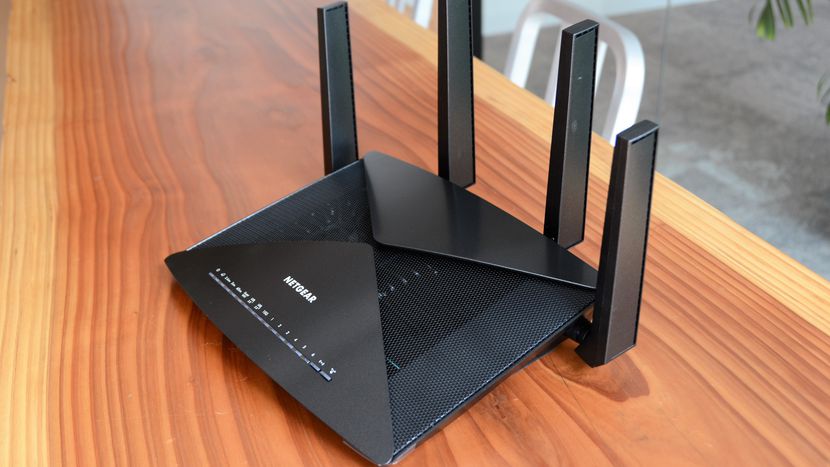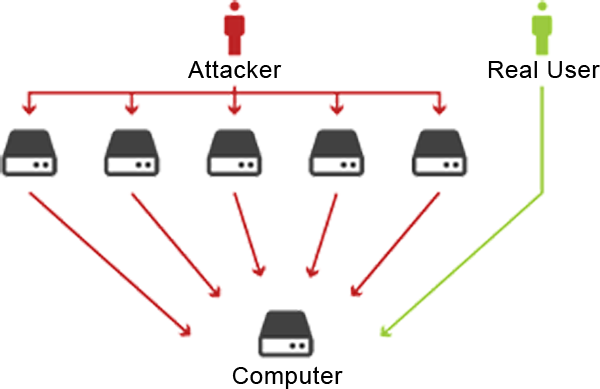If you have kids who attend the Secaucus Middle School or High School, they might have told you that the school's Wi-Fi network has been acting up last week. Well, it turns out that this wasn't just general internet lag.
As you might have heard, on Thursday, March 28, two 14 year old freshmen at Secaucus High School were arrested after school officials called police. They were charged with computer criminal activity and conspiracy to commit computer criminal activity. Evidently, they hacked the school's Wi-Fi network, which is shared by both the Secaucus Middle School and High School since they are in the same building. And because a lot of classwork as well as tests require internet access nowadays, those classes could not be properly conducted. It is unclear whether this was done by a phone app or computer program.
The reason for the crime was that the two students wanted to avoid taking exams. However, it seems that they did not keep their ability to disrupt the school's Wi-Fi network a secret. According to student interviews, some of the disruptions were done on other students' behalf. So the perpetrators may have been doing this as favors for friends as well. Due to the fact that the crime was committed by minors, their names were not released. However, it was learned that the two boys have been released to their parents since the arrest.

One of the most disturbing aspects of the incident is that the boys' actions were not a "hack" in the traditional sense. Although the details are unclear, what was apparently committed was what's known as a DoS attack, where DoS stands for "Denial of Service". In this type of attack, a computer server (or in this case, the school's Wi-Fi router) is constantly bombarded with network traffic. This is done to the point that the overload cripples the server, and it is no longer able to perform its intended function. This would be analogous to running two many applications/games at once on your desktop computer. Eventually, you will see a slow down and some of those applications will begin to hang.
Unlike DoS attacks, hacks in the traditional sense usually involve breaking into a computer system in order to access specific data or plant malicious software such as a virus. An example of this is what happened earlier in March in Elizabeth, NJ. Several high school students stole a teacher's password and gained access into the school's internal computer system. Once inside, they tried to change their own grades.
The good news is that traditional hacks can often be prevented. Anti-virus programs can prevent unintended software from being installed, and safeguarding passwords can limit computer systems' access. However, a DoS attack doesn't even try to gain access into the device it is attacking. It simply keeps throwing constant traffic at it at an incredibly high rate. For example, a traditional hacker might constantly try different username and password combinations in order to log into a computer. However, a DoS attack would simply keep retrieving the login screen at a super accelerated pace, keeping the computer so busy that no one else could access it. It's like the difference between a thief picking a door lock and a huge crowd of people preventing anyone else from getting near the door. So no matter how strong a door lock you might have, it doesn't matter. The attack is not on the lock, but the whole entry way itself.
The school's Wi-Fi network has since been restored and is now fully operational. But from this incident, it is obvious that a cyber-attack can easily cause disruption throughout the entire school, especially if it is a DoS attack. So although the perpetrators are just kids, the school made the right decision in calling the police and having them handle the situation as the serious matter that it is. Hopefully, this will discourage others from trying to pull off a similar stunt.



